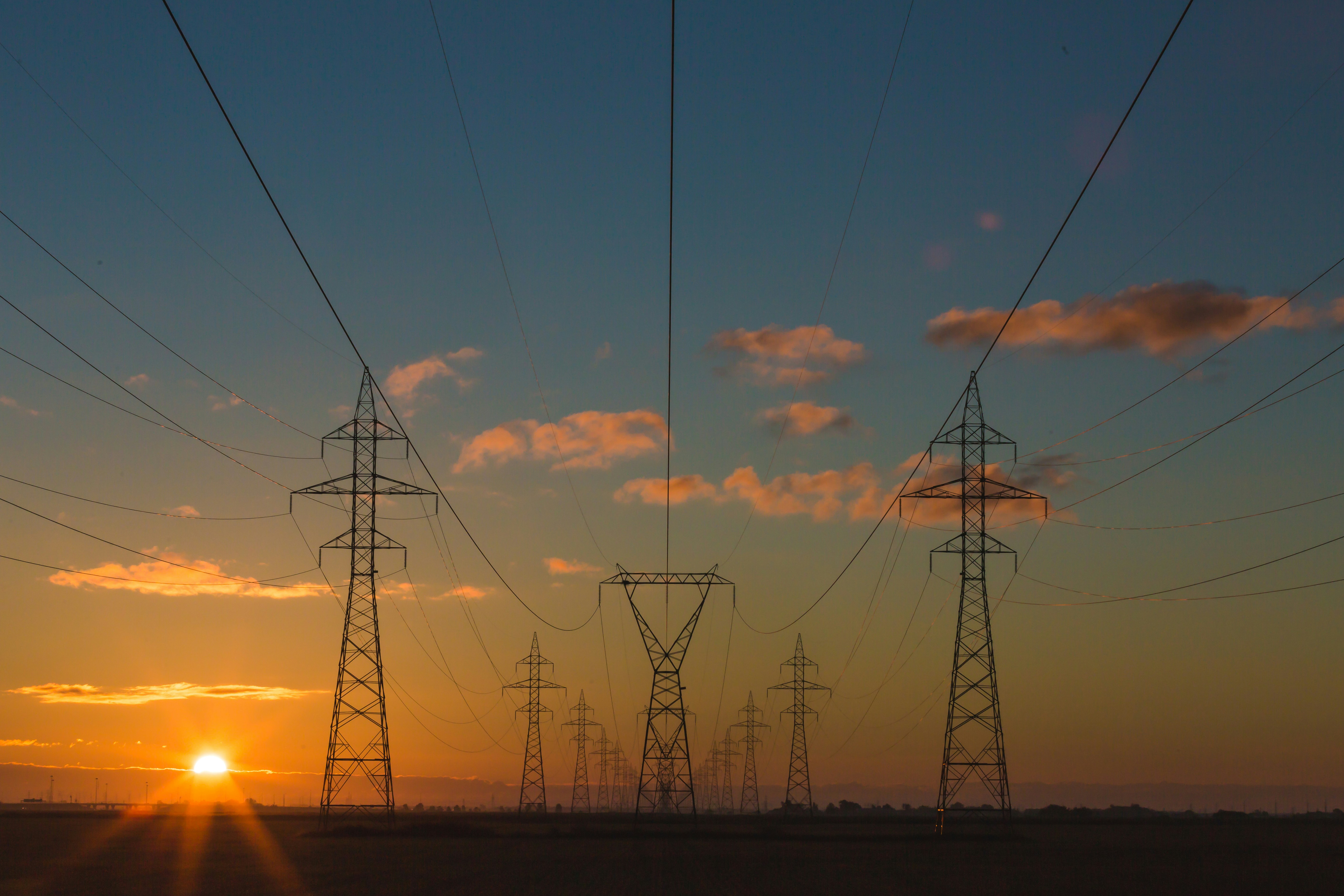
Businesses of all sizes today spend massive amounts of money on energy each year. Some estimates are that energy costs total billions of dollars each year. Indirectly, businesses spend millions more each year on energy costs related to the supply chain, outsourcing, and logistics. The most energy-consuming industries, such as manufacturing, spend over 100 billion each year to power their operations. Outside of these companies, many businesses approach energy expenditures as another overhead cost to manage. Being such a large expense, however, it could be a mistake for firms to overlook energy costs. In today’s market, energy efficiency could create opportunities to reduce costs, decrease risk, improve customer relations, and create new value.
As a result of sweeping environmental and social changes, green business trends are taking over the corporate world. Climate change, global carbon regulation, and preservation of natural resources are among businesses and customers’ concerns across a wide range of industries. This is leading to increased expectations for corporate environmental performance. These trends are changing the way that businesses operate. Read on to take a look at four ways that businesses can prioritize energy efficiency.
1. Tell your customers you’re making the switch.
One of the best practices you can follow if you want to get the most return from your switch to more efficient energy consumption is to spread the word on social media. You’d be surprised, but many new customers are interested in supporting business owners and companies who care about serious social and environmental issues.
As such, if you’re wondering how to earn more customers, one of the best ways is to make a bold pivot and advertise it online through social media. Especially considering how outfitting your business with more energy-efficient policies and appliances can cost you more money at the onset, using content marketing can greatly reduce the impact on your bottom line while improving customer satisfaction.
2. Swap out old appliances for energy-efficient appliances.

Just like in a home, the appliances your business uses could be consuming more energy than you’d like. While most entrepreneurs don’t have a washing machine or dryer in their business, it’s not uncommon for even small businesses to have a refrigerator, microwave, or dishwasher in their break room for employee use. It’s also pivotal to keep your HVAC system, air conditioning, or furnace in good working order.
Efficient cooling is critical for any business, whether you’re keeping customers comfortable with cool air. Simultaneously, they browse a rack of clothing or keep employees comfortable with the right amount of hot air. Cool air is even more important if you have computers with an uninterrupted power supply or data center where airflow is pivotal to managing your IT infrastructure. Wasting energy by pumping in more hot air or cold air when your HVAC system is the main problem can hurt your efficiency as well as deter your customer base from coming, so make sure everything’s in proper working order so you can avoid downtime when a technician comes to inspect your compressor.
3. Switch electricity providers.

If your current electricity provider cannot offer you green options, it might be time to switch utilities. While you’ll need to do some research in your geographic location to see who can accommodate your needs, you may be able to lower the high cost of your bill while helping the environment in one fell swoop by switching utility companies. The first step is to reach out to a few different companies in your local area as a prospective customer to see if they can offer your efficient options at an affordable price.
4. Invest in new business practices that cut back on energy waste.

Sometimes, just encouraging your employees to change the way they work can have a major impact on cutting back on the watts of power you consume each year. For example, electrical lighting accounts for a lot of global electricity consumption, so enacting policies that keep lights off when rooms aren’t in use can go a long way in cutting down on consumption. If you have many offices with windows, you may even consider sending an internal email newsletter to your employees outlining how keeping lights off when natural light will suffice an effective way to reduce your consumption during the workday.